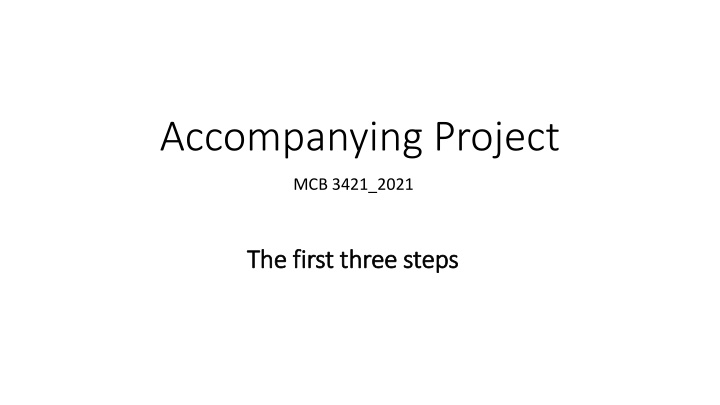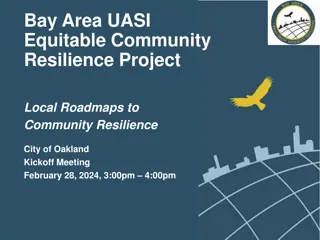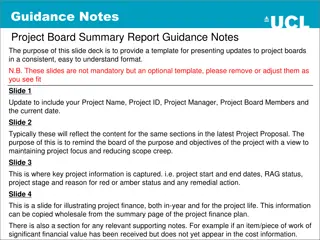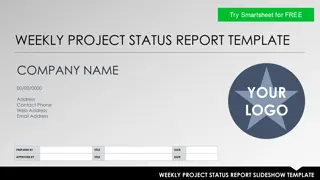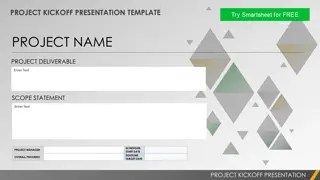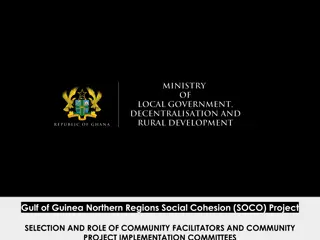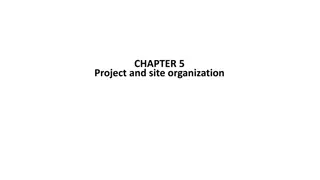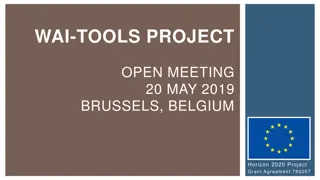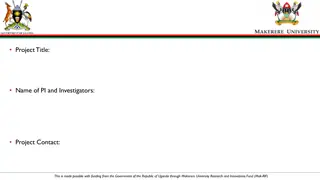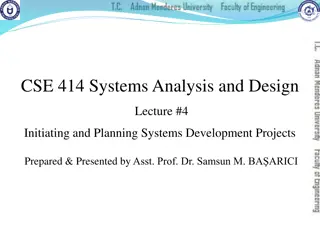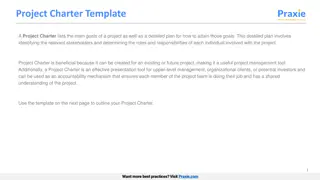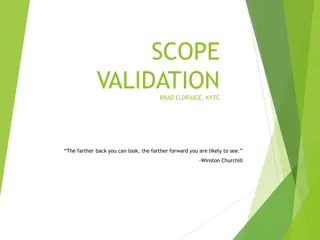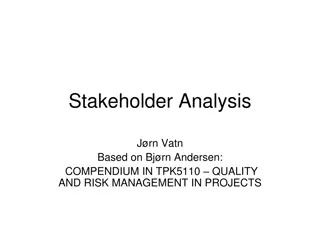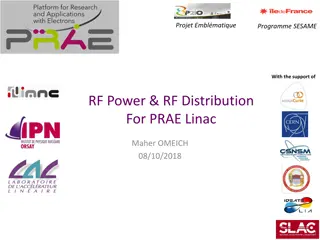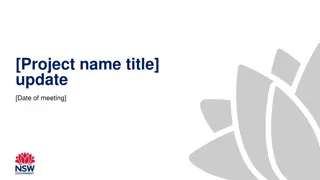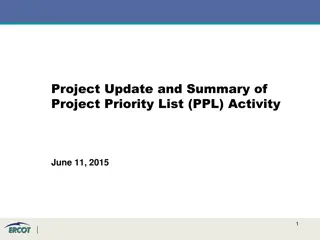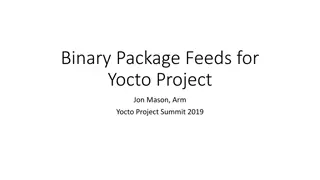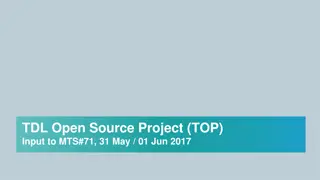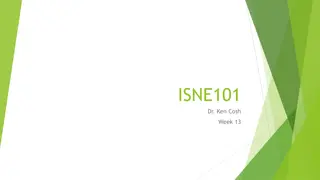Accompanying Project
"Embark on a journey with Project MCB 3421_2021 as you delve into the initial three steps of this exciting endeavor. Discover the challenges, triumphs, and insights that await in this immersive experience. Follow along as each step unfolds, guiding you towards a deeper understanding of the project's objectives and outcomes. Join us on this exploration of innovation and creativity as we pave the way for future successes."
Download Presentation

Please find below an Image/Link to download the presentation.
The content on the website is provided AS IS for your information and personal use only. It may not be sold, licensed, or shared on other websites without obtaining consent from the author.If you encounter any issues during the download, it is possible that the publisher has removed the file from their server.
You are allowed to download the files provided on this website for personal or commercial use, subject to the condition that they are used lawfully. All files are the property of their respective owners.
The content on the website is provided AS IS for your information and personal use only. It may not be sold, licensed, or shared on other websites without obtaining consent from the author.
E N D
Presentation Transcript
Accompanying Project MCB 3421_2021 The first three steps The first three steps
Howard Hughes Medical Institute Founded by billionaire eccentric Howard Hughes in 1953 Second largest philanthropic organization in the United States Spends ~$850m/year on research and education.
Funds Crowd sourcing (or rather undergraduate students) of Actinophage (= viruses that infect Actinobacteria) isolation and genome annotation. Why: phage are useful for treating mycobacterial infection, but their diversity and biology is poorly known. SEA-PHAGES: characterize the diversity of mycobacteriophages. Hybrid crowd-sourcing/citizen science/education approach. Over the years many resources were developed, including a dedicated databank (phagesdb.org) and a genome alignment tool (phamerator.org)
Graham Hatfulls lab group Administers SEA-PHAGES program. Studies Mycobacterium and mycobacteriophages. Mycobacterium causes tuberculosis and leprosy and other diseases which are highly resistant to traditional treatments. Mycobacteriophages may be useful for phage therapy for these diseases.
First steps Pick a cluster you want to use. Write a note on the discussion board that this cluster/subcluster has been claimed. Sign-up for an account on phamerator
Use phamerator to find putative inteins Promising: Cluster J (Omega, Hannaconda, DmpstrDiver) -> terminase (#11 in omega) Cluster A1 (Wheeler, Watermelon, Corvo, Gandalf) - gene 52 in Corvo Note: we already have analyzed the Terminase intein (gene 12 in Naira) Cluster DE1: (vivi2, Tangent, Sanjuju, Sitar) gene 2 in vivi2 Cluster B3: (Athena, Neos5, Yahalom, HarveySr) gene 6 in Athena Cluster DE4: (DoctorFroggo, Zitch) gene 2 in DoctorFroggo Cluster F1: (Tootsieroll, Clifton, LilMoolah, Sparky) gene 61 in Clifton Cluster P1: (StressBall, Atcoo, CactusJack) gene 53 in Stressball Cluster DC1: (YungMoney, Danyall, Fugax) gene 5 in YungMoney
Select Genome Maps then Select Phages Scroll down to your cluster. Click on the line of the cluster outside to the check box to display all members of the cluster.
you can use the menu at the bottom Scroll back to the top select VIEW MAP
The rulers indicate the genomes nucleotide sequence Very similar nucleotide sequences are indicated by the purplish background (in chrome there is a bug displaying this) Boxes above and below the ruler indicate protein coding genes Proteins belonging to the same Phamily , are in the same color (the many digit number on top of the box gives the PHAM number) You can rearrange the order of genomes by dragging the names up or down The white triangles on the right indicate insertion in Athena and Neos5 Keep notes of the genes (gene number inside the box) and phage genomes that do contain the intein. (The more notes the better!) You can use the menu at the bottom to simplify the display (skip the pham numbers). You can also save the image as a vector graphic that can be edited in illustrator or inkscape but most of the time a screenshot is just fine.
Second Step: Go to phagesDB.org Enter the name of the phage that contains the intein
Once the phage info has loaded, click on gene list Scroll down to the gene number that was identified as putatively intein containing.
in the gene description click on view Amino Acid Sequence. Copy the sequence into your notebook. Turn it into a fasta formatted file through adding an annotation line.
>Athena_6 putatively intein containing MVPEGQMTTPFDVPENRRRKVGFRDDEKPIFEPTWDDDGMFSSAKAARIYEAARSWPADQK AAAIRYIEAAKNRAQIRKRYANAAELATAVDPEFVITPALRIISDAIEDVLRYPRCNLLVT MPPQEGKSTMCAVWTPIRALQLNPNRRIILATYGDSLADQHSTTARDLIMRYGTGVTDALT GLAVEDKLGLKINPKQAKVSSWRIDGAIGGMVAAGLGSAITGKSADLFIIDDPFKNMIEAD SARHREKVNEWFASVASTRLSPEASMILIQCMTGDTPVLRPDGTETPLADIRPGDEIATYE NGTLTRANVVNWASQGYDSIRTITMMDGTTVRANDRHPFLTVGEDGTERWVRVRDLKPGIR LRAVPGSARRAAPTDATCRCRARGCVCPITTKPAGPPDSSLSRRISGGIDTFGTGTESRSK TIAGSLWSRAVSAERAANPRVNSIVLHTGRGSSASITATTPAECAGCSAMTATSSSGEHGP LNDFVAVPIISIEPAGRAEVFDIQVERTENFIANGLVSHNTRWHPEDLSGTIIAGEKLLDA EDRTWRHINVPAVSEDGIPDALGRPEPGIPMISARGRTLREFNQTRKSVGERVWYALYQGS PRNPAGGLFMRAWFEPMAERSPERPLATIVAIDPADSGEGDETGIIGGMLDRDGTIVLTDD WSDQMTSDKWGRQAVLLALKLGAREIALEAYASATTYANVVKNAWKALHREAVEKHNSGAA LSPVEQRALATNMPFVIHQWRGKGDDVGRSALLRQQCETRKCLVVEGRMQTFVDQACDWQA GQHQPDRVAAAVIAHDRLHQLGGGMMQLPAGPTRKPPPAPTWMKRTIKKKGLG
3 3rd rd step step Copy the fasta formatted sequence In the header at phagesdb select blastp Paste the fasta formatted sequence into the blastp form Click submit (leave everything with the default settings)
Hopefully the results look something like this:
Proteins with Intein Proteins without Intein The N and C-Extein match The Intein Sequence
By now your notebook should contain 1. A phamerator map that identifies one or more putative inteins 2. The amino acid sequence of a gene invaded by an intein 3. The name of the phage, the number of the gene and the Pham number (the phamily to which the gene belongs. 4. The results of a blast search using the sequence from (2) as query
